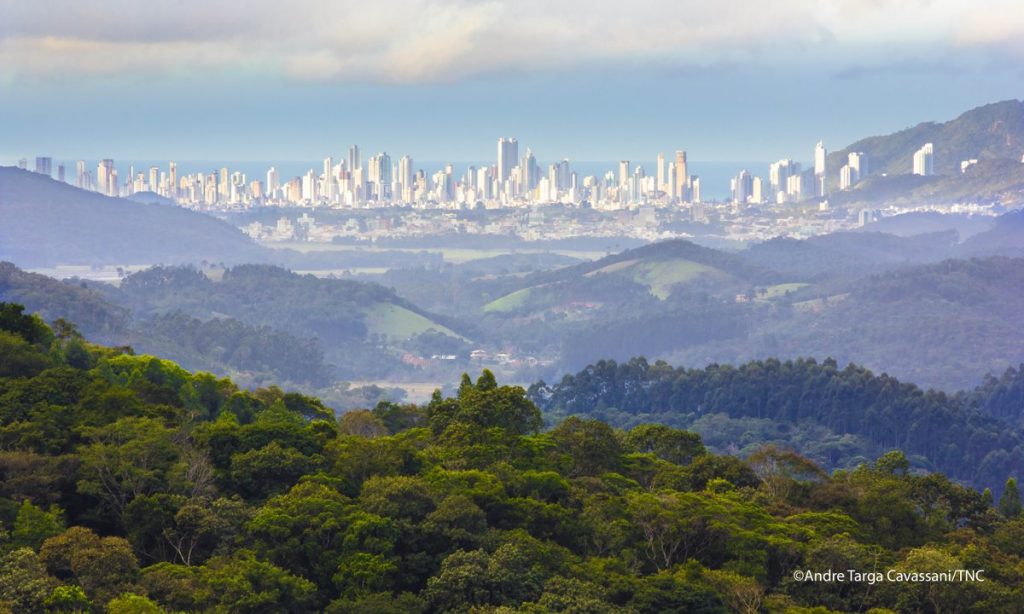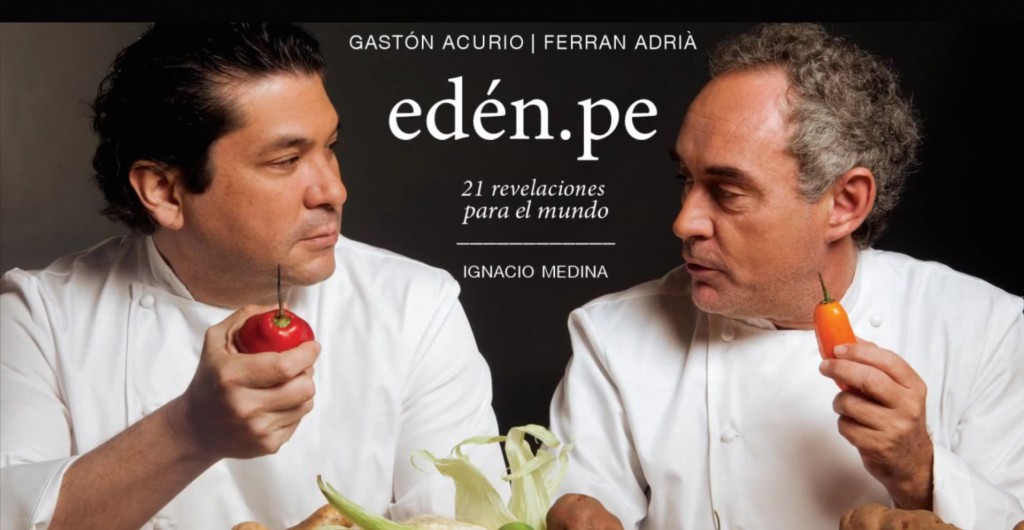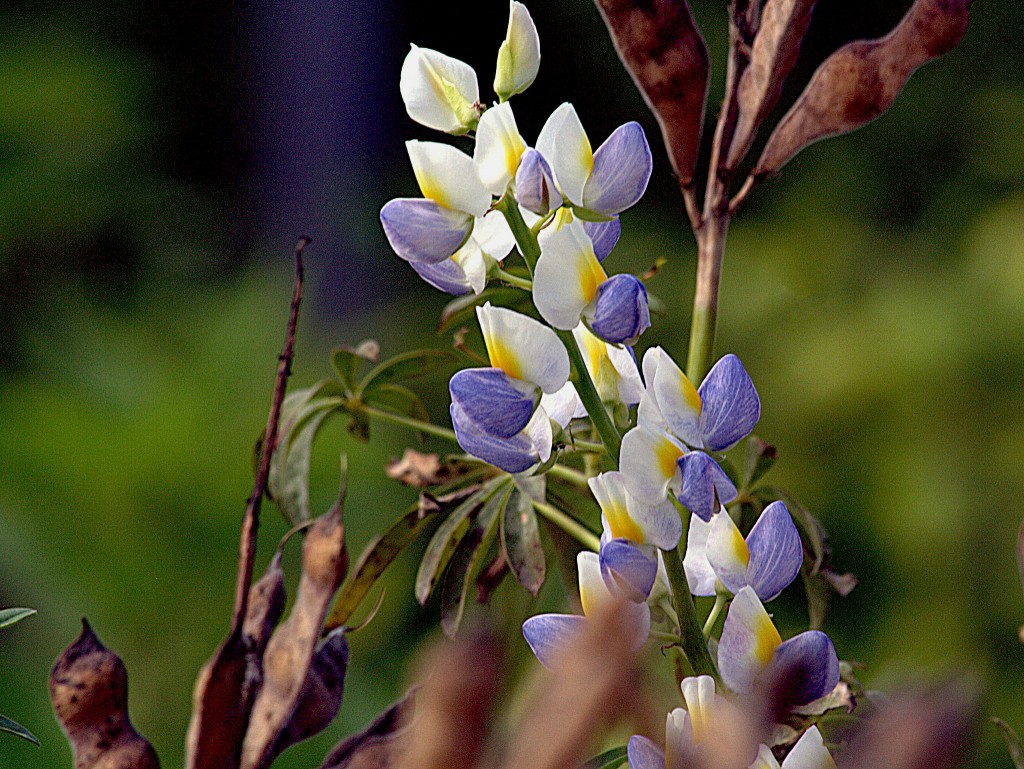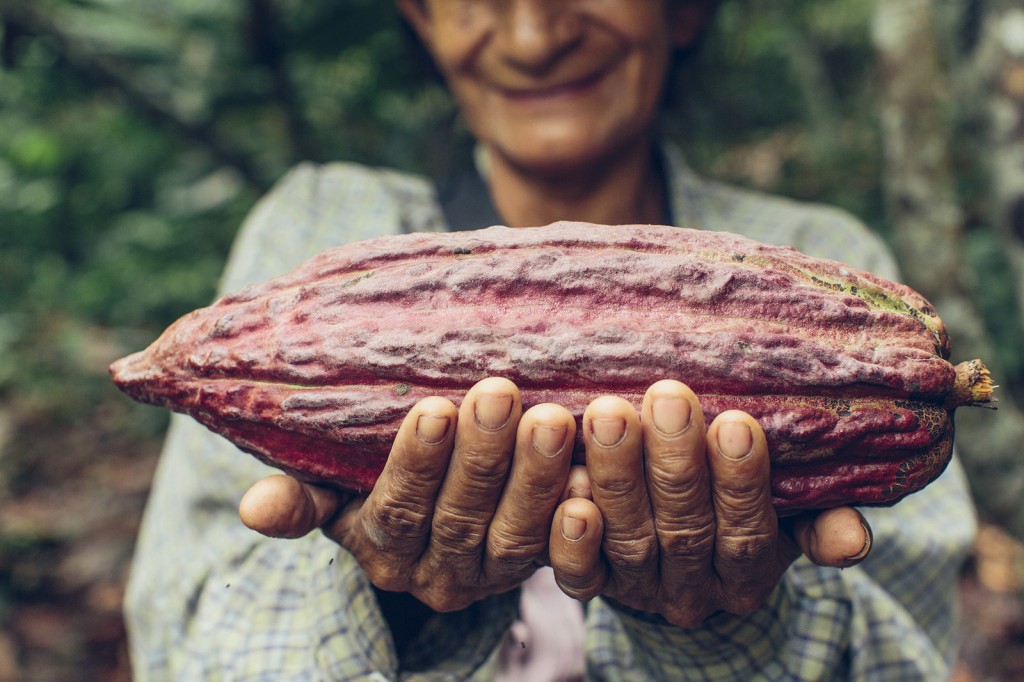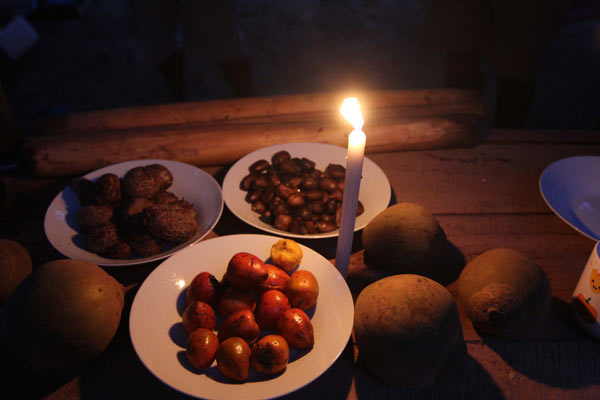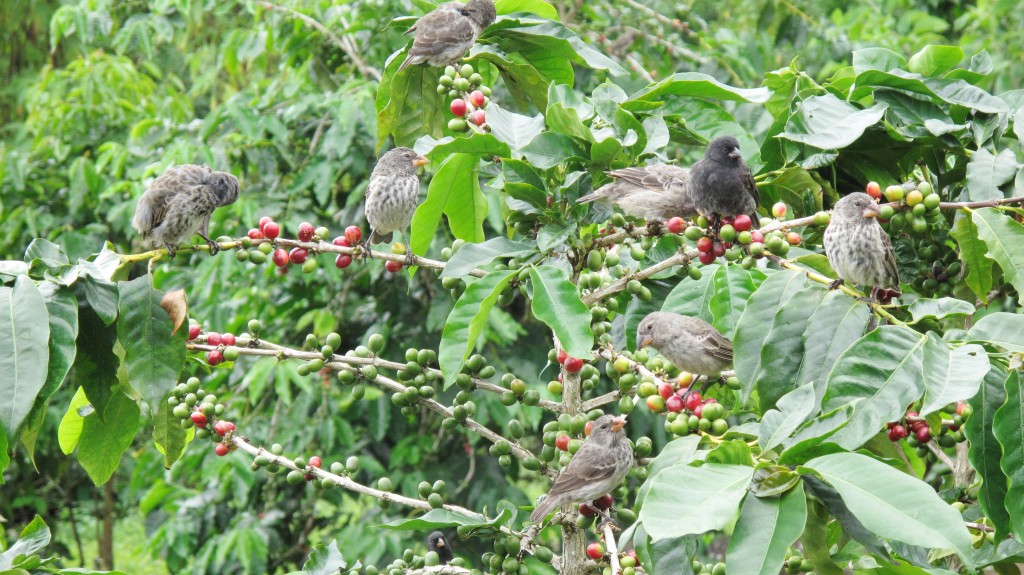By David Berón Picture this. You have started a small enterprise to directly connect smallholders in rural Colombia with consumers in the country’s largest cities. Your business model could boost the incomes of farmers, increase the quality of food in urban centers, and make a case for affordable and readily available organic produce. […]
Read More… from Picking up Speed for Startups: Our Accelerator Roundup
